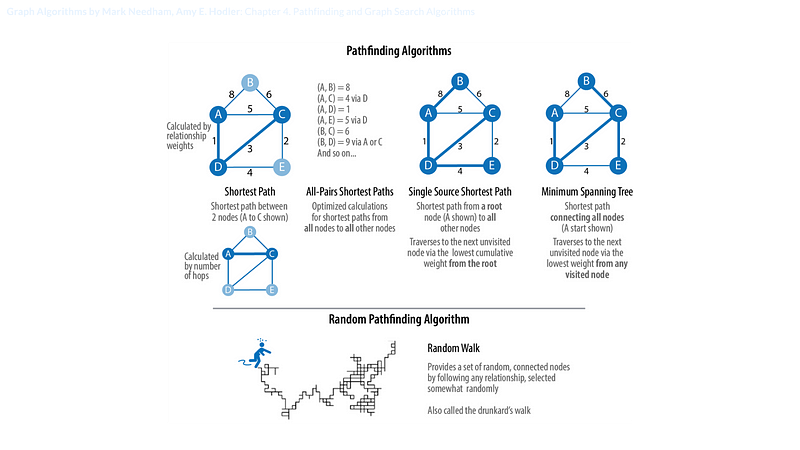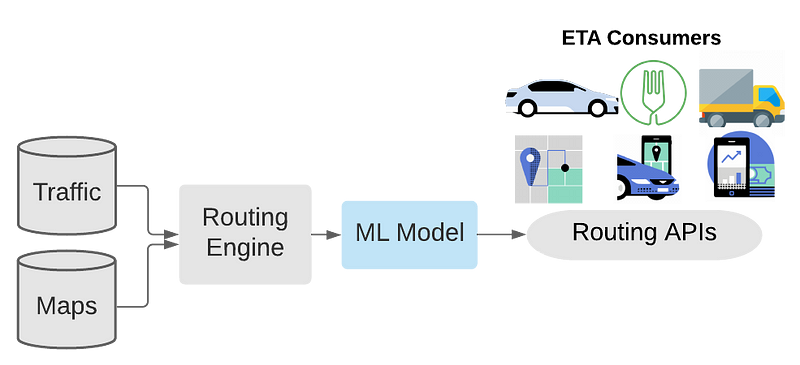Uber's AI Innovations: How It Ensures Timely Deliveries
Written on
Chapter 1: Introduction to Uber's AI Capabilities
How does Uber manage to deliver food and provide rides precisely on time, often even a few minutes early? How are they able to connect riders with drivers seamlessly? This article will explore these queries, particularly through their sophisticated arrival time prediction algorithm known as DeepETA. This advanced algorithm utilizes deep learning techniques to enhance efficiency for both Uber and Uber Eats, facilitating smooth transitions for riders, drivers, and food deliveries from point A to point B.
Chapter 2: The Evolution of Arrival Time Prediction
Uber has employed various algorithms for estimating travel times across complex road networks, but few are as finely tuned as those developed by Uber. Historically, earlier prediction tools relied on shortest-path algorithms, which often failed to incorporate real-time variables effectively.

For several years, Uber utilized XGBoost, a robust gradient-boosted decision tree library. While XGBoost is powerful and widely used, it presented limitations for Uber as its complexity increased latency. The company sought a solution that was not only faster and more accurate but also versatile enough to cater to various challenges presented by drivers, riders, and deliveries. This led to the development of DeepETA, a deep learning model that builds upon XGBoost’s foundation.

Chapter 3: How DeepETA Works
DeepETA stands out not just for its predictive capabilities but also for its sophisticated data processing system, which enhances the quality of the input data. This pre-processing stage helps transform incoming data into a format that is more efficient for the model to handle, thus addressing latency issues.
This module begins by integrating map data with real-time traffic metrics to generate an initial estimated time of arrival for any new requests. Subsequently, the model processes these transformed features alongside spatial origins, destinations, and the timing of requests. It further incorporates real-time factors such as traffic conditions, weather, and the specific nature of the request—be it food delivery or ridesharing.

Chapter 4: Architectural Innovations
What architectural advancements does this model utilize? The answer lies in its use of transformer technology. Although transformers are often perceived as large and slow, adjustments have been made to overcome these challenges.
The most significant modification was the transition to a linear transformer, which scales with the dimensionality of the input rather than its length. This innovation allows for more efficient processing, especially when dealing with extensive routing data. Additionally, the model employs input discretization, simplifying continuous values into manageable clusters, thereby enhancing computational speed.

Chapter 5: Generalization of the Model
The final challenge addressed by DeepETA is its generalization capability. This involves an integrated system where the quantized data is embedded and processed by the linear transformer, followed by a fully connected layer that generates predictions. A bias adjustment decoder is then applied to refine these predictions based on the context of the request, ensuring relevance to the specific task at hand. Uber regularly retrains and deploys this model using their proprietary platform, Michelangelo.

As we conclude this overview, it's clear that Uber's commitment to leveraging advanced AI technology allows them to deliver services with remarkable efficiency. For a deeper exploration of their methodologies and additional techniques used to enhance their systems, you can refer to the comprehensive blog post linked below.